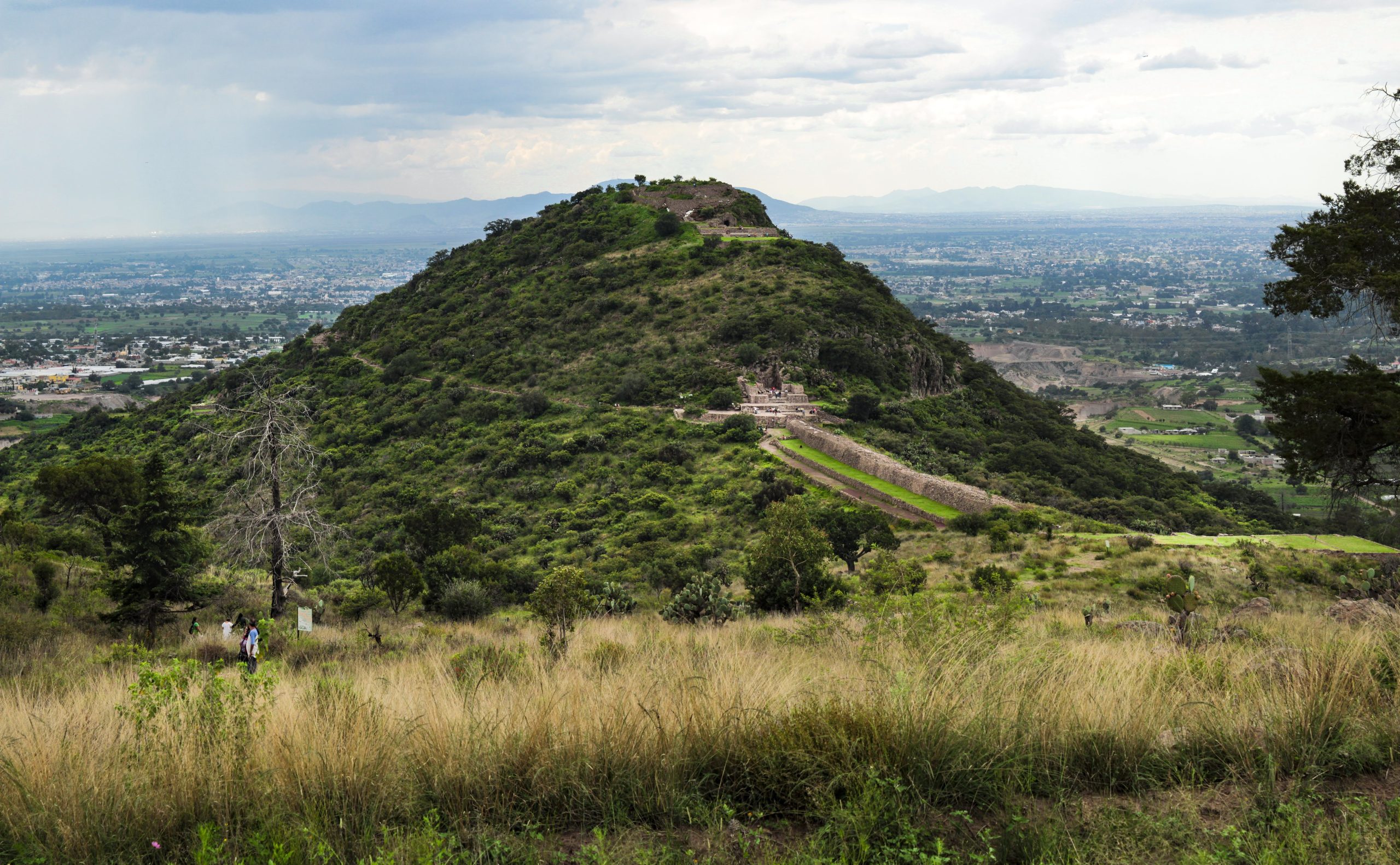Texcotzingo, also known as Tetzcotzingo, stands as a testament to the ingenuity and cultural sophistication of the Aztec civilization, particularly under the rule of Nezahualcoyotl in the 15th century AD. Located approximately 20 miles northeast of what is now Mexico City, this site was intricately linked with the Aztec capital city of Texcoco, serving as the summer imperial gardens. These gardens were not only a place of beauty and leisure but also a complex symbol of power, religion, and knowledge.
The Aztec Empire
Aztec Empire Historical Sites and Ruins
Aztec Mythology
| Huitzilopochtli – Aztec God |
| Quetzalcoatl – Aztec God |
| Tezcatlipoca – Aztec God |
| Tlaloc – The Aztec Rain God |
Aztec Artifacts
| Monolith of Tlaloc |
Aztec Historical Figures
| Montezuma II |
| Cuauhtémoc |
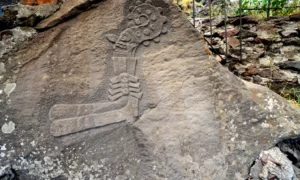
Cuahilama
Cuahilama, a hill and archaeological site located in the southeastern part of Mexico City, near the neighborhood of Santa Cruz Acalpixca, holds a rich tapestry of history that spans several pre-Hispanic civilizations. Despite its significant cultural heritage, Cuahilama has not received the attention it deserves, both from the academic community and the authorities responsible for its preservation.
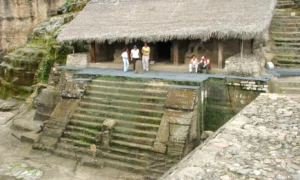
Malinalco archeological site
The Malinalco archaeological site, nestled in the rugged mountains of Mexico, is a testament to the ingenuity and spirituality of the Aztec civilization. This ancient site, known for its well-preserved Cuauhcalli or House of Eagles, offers a glimpse into the religious and military practices of the Aztecs. Carved out of a single piece of bedrock, the temple stands as an architectural marvel, reflecting the Aztecs’ deep connection with their deities and the natural world.
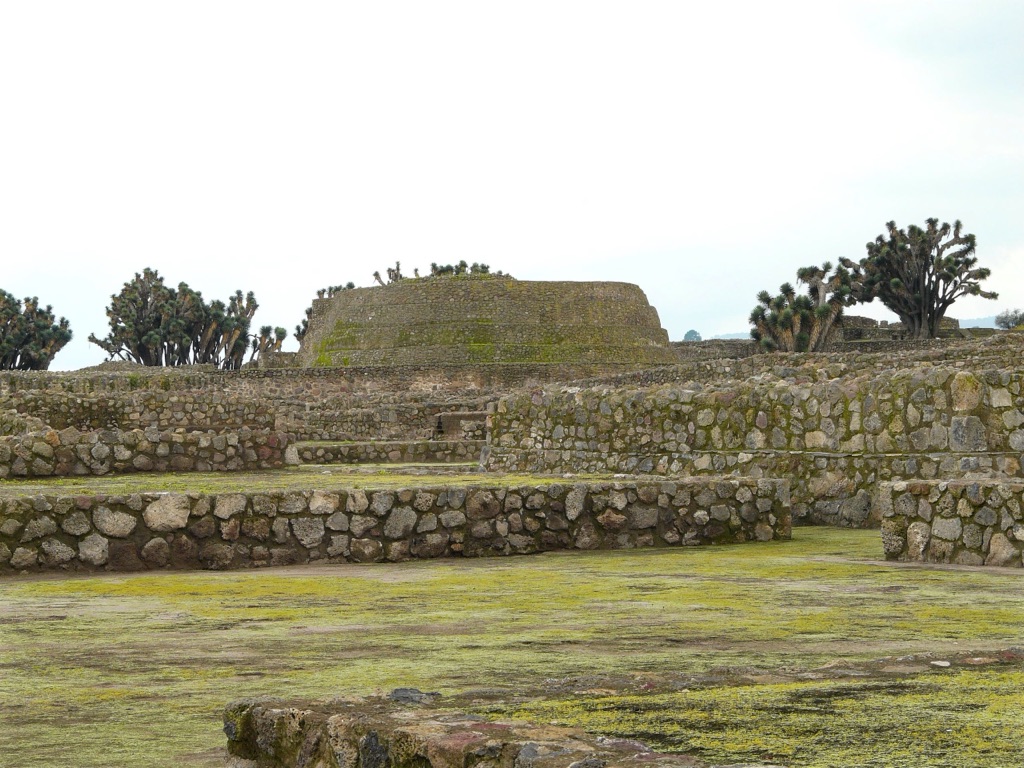
Tecoaque
Tecoaque, which translates to “the place where they ate them” in Nahuatl, is an archaeological site of significant historical importance. It is known for the capture and sacrifice of a Spanish convoy by the Aztecs in 1520. This event is a rare instance of pre-Columbian inhabitants capturing Europeans. The site offers a unique glimpse into Aztec civilization and their interactions with Spanish conquistadors.
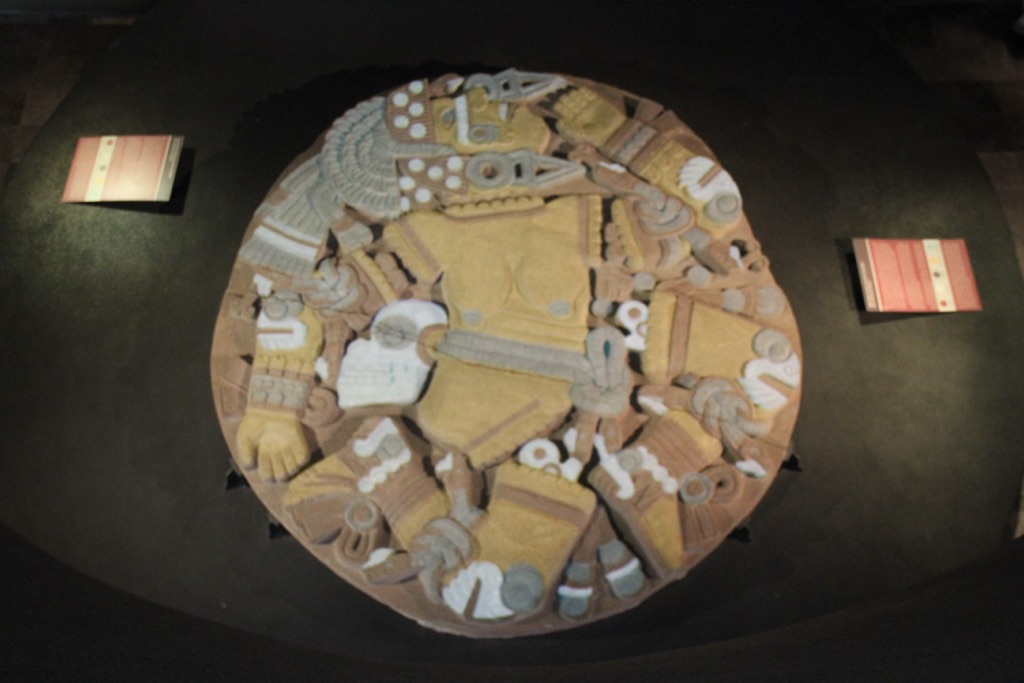
The Coyolxauhqui Stone
The Coyolxauhqui Stone is a massive monolithic sculpture discovered at the Great Temple of Tenochtitlan. It depicts the dismembered body of the moon goddess Coyolxauhqui. The Aztecs crafted this stone, which has become a symbol of the rich mythology and artistry of the pre-Columbian era. The stone is not only a remarkable piece of art but also a source of insight into Aztec religion and rituals.
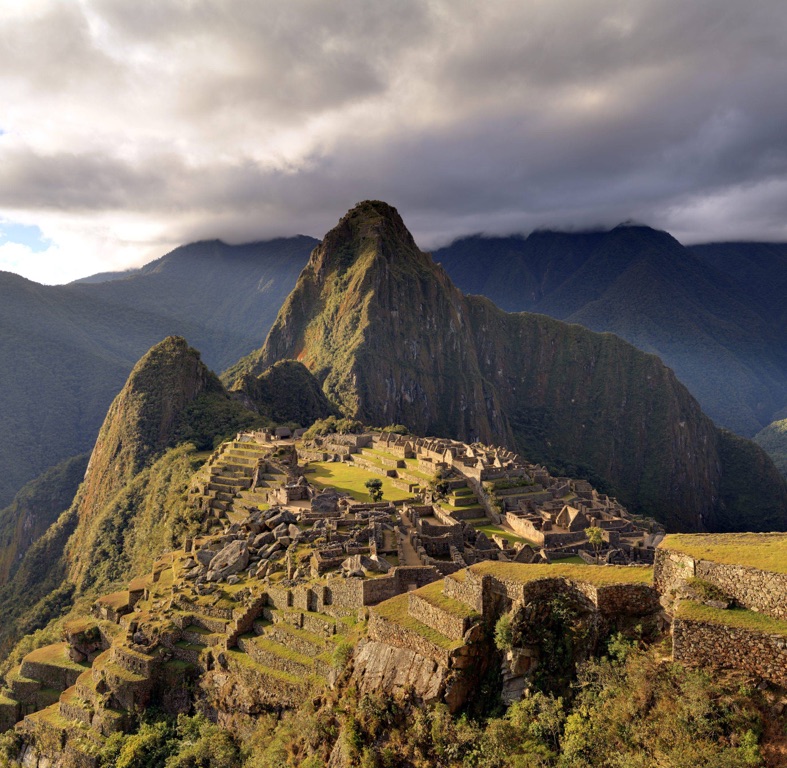
How Did Aztec Society Differ from Inca Society?
One of the primary differences between Aztec and Inca societies lies in their social structure and governance. The Aztec society was highly stratified, with a noble class, a class of commoners, and slaves. The emperor, who was considered semi-divine, wielded absolute power. In contrast, the Inca society was more collectivist, with the state controlling much of the land and resources. The Inca emperor, also seen as a god, ruled over a centralized government with a complex bureaucracy.

